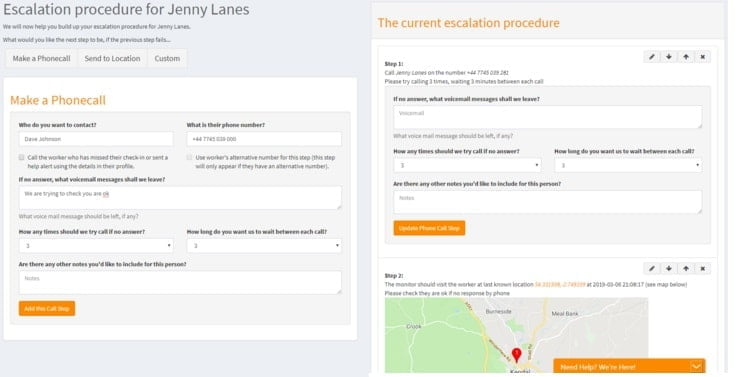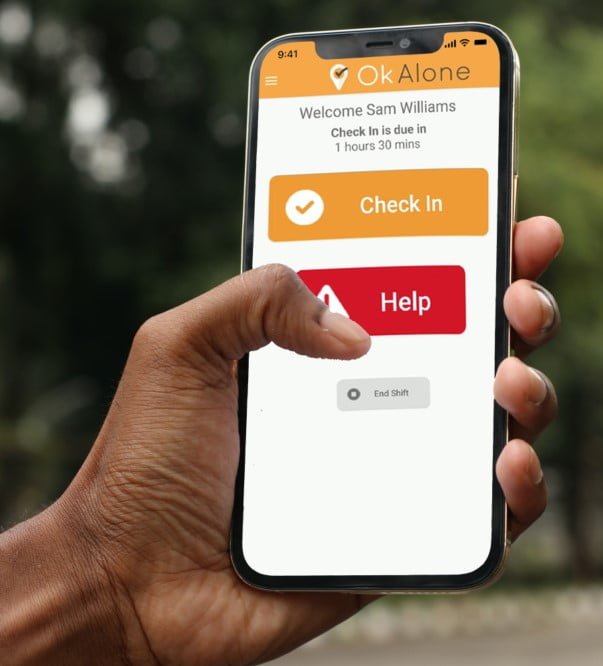What makes a great escalation procedure?

Whether it’s for missed check-ins or help alerts, everyone who works alone or in isolation needs a written escalation procedure telling the support team what to do. That sounds easy enough, but often different employees require different approaches. So what are some of the key elements every escalation procedure should include?
1. Establish how to contact the employee – In many cases, the person will be carrying a smart phone, so the natural thing would be to call them, assuming your procedure has their personal number in it. Now the question is how many times do you call them? How long do you wait between calls? What voicemail message do you leave? A good escalation procedure should include these details.
2. Determine what additional support is now required – Once you’ve established the person is not responding, you want to have a clear plan on what to do next. This step very much depends on your work environment. For example, it may make sense to contact an on-site manager and ask them to check on the unresponsive person. Alternatively, it may be more appropriate to contact the worker’s spouse or home. Let your context guide you, but make sure you have a plan for someone near-by to investigate the situation.
3. Set rules for when to call emergency services – Police and ambulance services already have heavy demands placed on them. As a result, some have implemented fees for too many false alarms. Make sure you know the rules for calling your local emergency services and ensure these are added as the last step of your procedure.
In summary, an escalation procedure tells you who and how to contact your lone worker in the event of an incident, what actions should be taken if you cannot make contact with them and when to stop taking action because the issue is being resolved. Ok Alone give you the flexibility to all of that and more. Why not see how this could work for you now by signing up for our 7 day free trial?
Book a Demo Today
Alternatively, get a free trial of the app
Want to try OK Alone? Click the button below and enter your details. It's free and no credit card is required.




